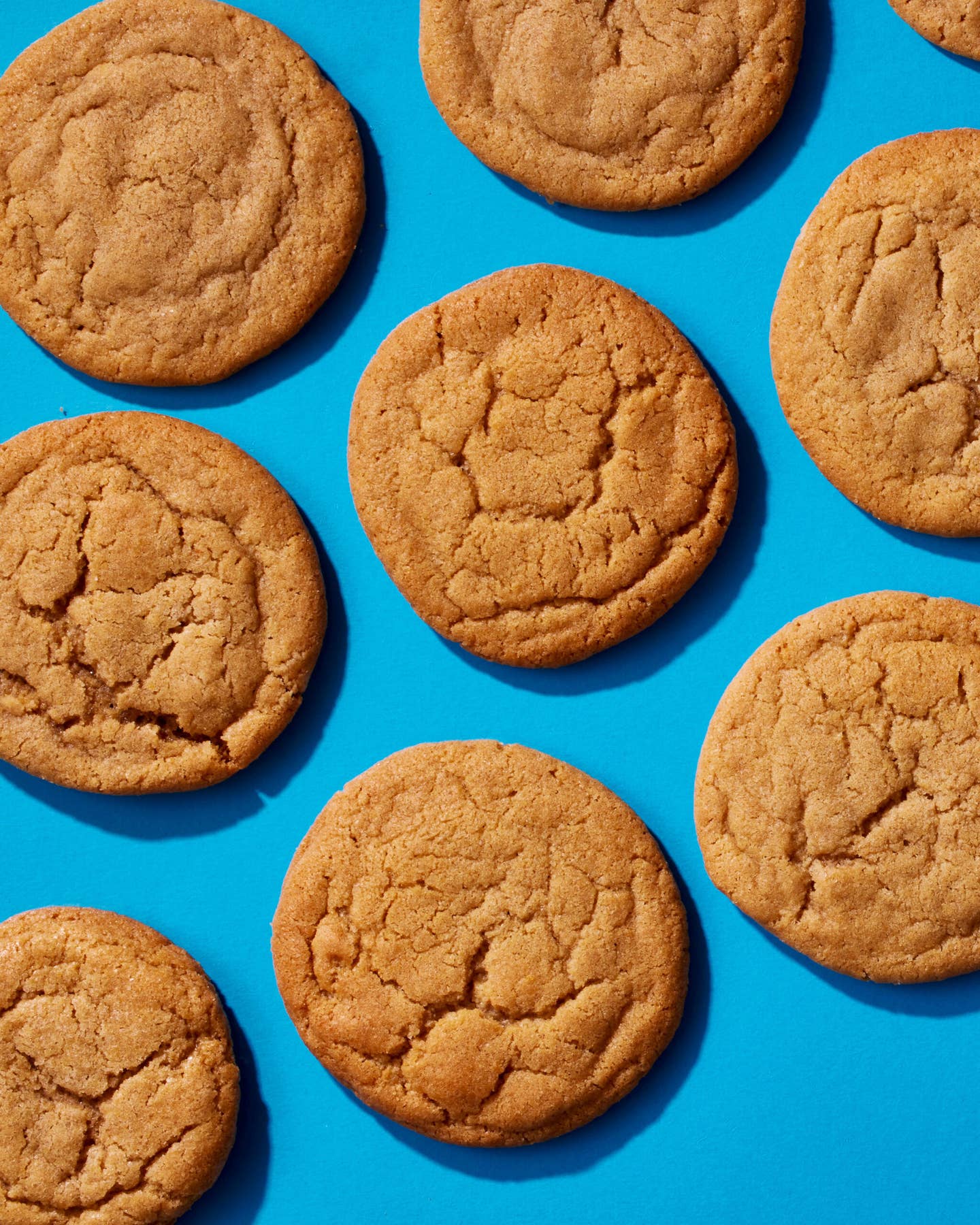
The Spice Islands Pantry
Banda's signature ingredients appear in many other Southeast Asian cuisines; the best place to buy them in the United States is in markets that cater to a Southeast Asian clientele. Certain items, like the spices, are available in supermarkets.
1. TRASSI (Dried Shrimp Paste) A firm, barely moist, dark brown paste made from tiny brine shrimp that have been fermented with salt in earthenware crocks, then dried in the sun. Dried shrimp paste in Banda serves much the same purpose as fish sauce in other Southeast Asian cuisines, lending dishes a subtly salty pungency. Look for eight-ounce rectangular packages labeled "belacan" (its Malaysian and Singaporean name).
2. KECAP MANIS (Indonesian Sweet Soy Sauce) Made of soy sauce brewed with palm sugar, kecap manis (pronounced keh-CHOP mah-NEESE) possesses an enticing, sweet-salty taste. Banda's cooks use it as a dipping sauce, a marinade, and, perhaps best of all, a flavoring in stews such as Ikan Bumbu Rujak. Of the numerous brands available in Southeast Asian markets, the finest is Cap Bango, from the Indonesian island of Java; its taste is exquisitely smoky.
3. DAUN PANDAN (Pandanus or Screw Pine Leaves) The Bandanese use the long, thin, green leaves of the pandanus plant, native to the Moluccas, to give a vanilla-like taste and fragrance to curries and rice dishes. It is available frozen (and, in California, occasionally fresh), whole or in four-inch pieces; look for it next to frozen banana leaves. It will usually be labeled "bai toey", as it is known in Thailand, the country from which it is most often imported.
4. LAOS (Galangal) A knob-shaped rhizome related to ginger, galangal is identifiable by its thin, pale yellow skin and almost rock-hard firmness. Its taste is woodsy, with pleasant notes of pine-tree sap. Banda's cooks grind it up in flavoring pastes for the earthy pungency it gives to dishes, including Kare Ikan. Always use the fresh or frozen versions (dried galangal has little taste), which are increasingly easy to find in Asian and specialty food markets.
5. KUNYIT (Fresh Turmeric) Fresh turmeric—not the dried, ground kind included in curry powder—is used in Banda for its gingery, musky taste. A rhizome, it grows in one- to three-inch-long "fingers" covered with a thin golden tan skin. Although uncommon in North America, fresh turmeric is sometimes found in the vegetable sections of Southeast Asian markets; the easier-to-find frozen fresh turmeric is usually tucked away in freezer sections that contain galangal.
6. ASAM JAWA (Tamarind Pulp) Tamarind pulp, the sticky, brown fruit of the tamarind tree, is used mainly in Banda for seasoning fish dishes; local cooks believe that its tantalizing sweet-sour taste neutralizes fishy flavors. Look for it in eight-ounce or one-pound plastic-wrapped blocks. To make tamarind extract, soak the pulp in warm water until it softens, then strain the remaining sinew and seeds with your fingers and discard them.
7. CENGKEH (Cloves) Cloves, the dried flower buds of the clove tree, are native not to Banda but to the more northern Moluccan islands, including Ternate and Tidor. Nevertheless, they figure prominently in Bandanese cuisine, lending their distinctive, sweet-hot flavor to many curries, stews, and sweets. Choose cloves that are deep and uniformly brown and have puffy, round centers; discard what you haven't used after six months.
8. **KAYU MANIS **(Cassia) Bandanese cooks prefer cassia—the spice often mistaken for true cinnamon—for its hotter, more robust flavor. Whole thick, deep brown sticks of the spice, commonly labeled cinnamon, are easy to differentiate from true cinnamon, which is more brittle and paler in color. Store cassia in a tightly sealed container in the refrigerator or the freezer for up to four months.
9. GULA JAWA (Indonesian Palm Sugar) This firm-textured sugar is made from the boiled-down sap of the Javanese sugar palm (Arenga saccharifera); its cylindrical shape comes from the bamboo poles in which the sap is processed. Banda's cooks use it primarily in savory foods, where its smoky sweetness helps balance the spiciness of dishes. India's jaggery and Mexico's piloncillo may be substituted, as can dark brown sugar.
10. PALA (Nutmeg) To our knowledge, Banda-grown nutmeg isn't imported to the United States, but excellent nutmeg from Grenada and other parts of Indonesia (mainly Java and Sumatra) are widely available. Always buy whole nutmeg, never ground, for the richest flavor. Store it in a tightly sealed container in the refrigerator or the freezer for up to one year; store partly used seeds the same way.
Keep Reading
Continue to Next Story










